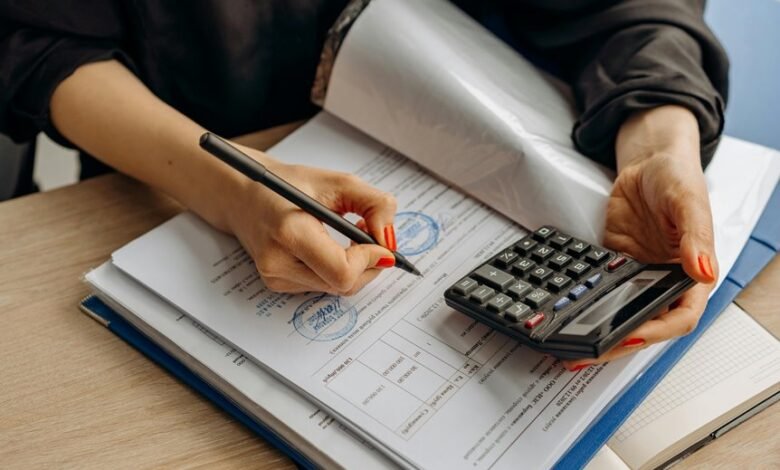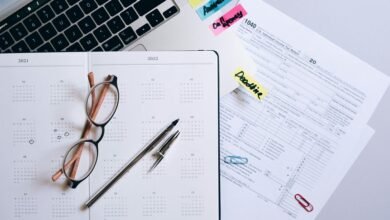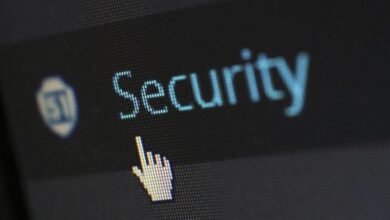Verify Unknown Caller 3480454849 3490648309 3792000847 3894442525 3494268266 3509167376

The emergence of unknown callers, such as 3480454849 and 3490648309, poses significant risks. Identifying these numbers is critical in determining their legitimacy. Various methods, including caller ID and reverse lookup services, can aid in this process. However, understanding the broader implications of such calls remains essential. What strategies can individuals employ to safeguard their personal information against potential scams linked to these unknown numbers?
Understanding the Risks of Unknown Callers
Although many individuals may underestimate the potential dangers posed by unknown callers, a thorough understanding of these risks reveals significant vulnerabilities.
Caller identification systems may fail to filter fraudulent calls effectively, leading to potential privacy breaches.
Additionally, inadequate spam detection mechanisms leave users susceptible to scams, identity theft, and harassment.
Awareness of these threats is crucial for maintaining personal security and freedom in communications.
How to Identify Unknown Numbers
How can one effectively identify unknown numbers in an age of persistent telemarketing and potential scams?
Employing phone number identification tools is crucial. Caller verification techniques, such as reverse lookup services and mobile applications, enhance the identification process.
Additionally, analyzing the call’s origin and cross-referencing with known databases can further aid in discerning legitimate callers from fraudulent ones, ensuring informed decisions.
Steps to Take When Receiving Suspicious Calls
Receiving suspicious calls can lead to anxiety and uncertainty, especially after employing various identification methods for unknown numbers.
Individuals should immediately utilize caller ID to assess the legitimacy of the call. If the number appears dubious, consider implementing call blocking features available on most devices.
Reporting the call to relevant authorities can also help mitigate potential threats and contribute to broader safety measures.
Best Practices for Protecting Your Personal Information
What measures can individuals take to safeguard their personal information in an increasingly digital world?
Prioritizing data privacy is essential; implementing robust call screening techniques helps filter unwanted communication.
Utilizing encrypted messaging applications and regularly updating security settings further fortifies personal data.
Additionally, individuals should remain vigilant about sharing information online, thereby minimizing exposure to potential data breaches and maintaining autonomy over their personal details.
Conclusion
In the digital landscape, unknown callers can be likened to unopened letters; while some may contain valuable messages, others might harbor threats. Just as one would scrutinize the sender before revealing personal details, verifying unknown numbers is vital in safeguarding one’s privacy. By utilizing caller ID and reverse lookup tools, individuals can navigate this uncertain terrain, ensuring their information remains protected. Vigilance and awareness are key in mitigating the risks posed by potential scams lurking behind seemingly innocuous calls.



